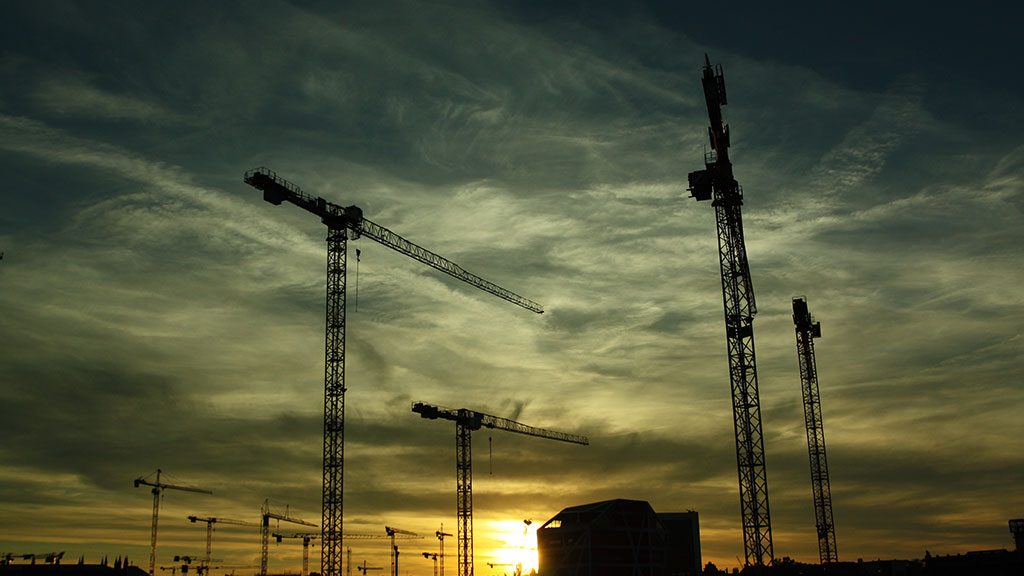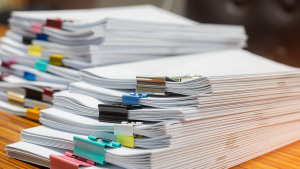A new report estimates the current cost to bring Ontario’s municipal assets into a state of good repair and eliminate the municipal infrastructure backlog is about $52 billion, which reiterates the critical need for continued infrastructure investments in the province.
That was the key takeaway for Nadia Todorova, executive director of the Residential and Civil Construction Alliance of Ontario (RCCAO).
A Review of Ontario’s Municipal Infrastructure and an Assessment of the State of Repair, issued by the Financial Accountability Office of Ontario (FAO), reviewed the infrastructure assets owned by Ontario municipalities and estimates the current replacement value (CRV) and condition in 2020. The CRV of municipal infrastructure assessed in the report was $484 billion which includes municipal buildings and facilities and linear engineering infrastructure.
“We really welcome the report because it provides a lot of useful and, more importantly, updated information on the state of infrastructure assets owned by Ontario municipalities,” Todorova told the Daily Commercial News, calling the $52-billion figure “incredible.”
“Municipalities own a large portion of infrastructure in Ontario and they require proper capital investments to address the maintenance and state of good repair.”
The report reviewed the infrastructure assets of Ontario’s 444 municipalities, who own and manage the majority of public infrastructure in the province including roads and bridges, water systems, transit, buildings and facilities.
For the analysis, FAO compiled data from available sources to develop a dataset as one does not currently exist.
“The $52.1 billion backlog estimate is comprised of $27.9 billion in rehabilitation costs, which are required to bring the $171.2 billion of assets in need of rehabilitation back to a state of good repair; and $24.3 billion in renewal costs, which are required for $24.3 billion of assets in need of replacement,” states the report.
It adds municipal roads represent the largest share of the infrastructure backlog at $21.1 billion, followed by “other” buildings and facilities ($9.5 billion), wastewater ($7.3 billion), potable water ($5.3 billion), and bridges and culverts ($4.3 billion).
“Any time you have that kind of quantitative, detailed data, it’s very helpful because it provides scope and scale on the conditions on the ground. It really allows for proper financial planning by decision-makers on that necessary investment that has to take place,” Todorova explained.
The FAO was able to assess the condition of about 90 per cent of municipal assets in the province but uncertainty of the condition of many of them means the backlog could actually range from $45 billion to $59 billion, states the report.
The report also estimates that 55 per cent of municipal assets are in a state of good repair and 45 per cent of assets are estimated not to be in a state of good repair.
“For RCCAO, the state of good repair is something we have focused on consistently. The fact that the report focuses on that is very welcome because we know that maintaining public infrastructure in a state of good repair is one of the most cost-effective strategies over an asset’s lifecycle,” Todorova noted. “If you postpone any necessary repairs that raises the risk of service disruptions for the asset, it increases the cost associated with municipal infrastructure over time and the more you delay any repairs the more expensive it becomes.”
The report found the region with the largest share of assets in a state of good repair is Toronto at 62.3 per cent, 7.6 percentage points higher than the province-wide average, adding it also has the lowest infrastructure backlog relative to its CRV, which indicates its assets are in better condition compared to other regions.
The RCCAO published a study in June 2021 entitled Water Infrastructure in the 21st Century: Smart and Climate-Savvy Asset Management Policies, which found millions of cubic metres of treated drinking water are being pumped into the ground every year across Ontario municipalities as a result of leaky and broken pipes.
The FAO report indicates municipal water infrastructure, including potable water, storm water and wastewater, has a current replacement value of $229 billion, 47 per cent of the municipal total.
“It does reflect that there needs to be more investment into water and wastewater infrastructure that the state of good repair has not really kept up with the demands,” said Todorova.
For more on the report click here. (https://www.fao-on.org/en/Blog/Publications/municipal-infrastructure-2021)
Follow the author on Twitter @DCN_Angela.











Recent Comments
comments for this post are closed